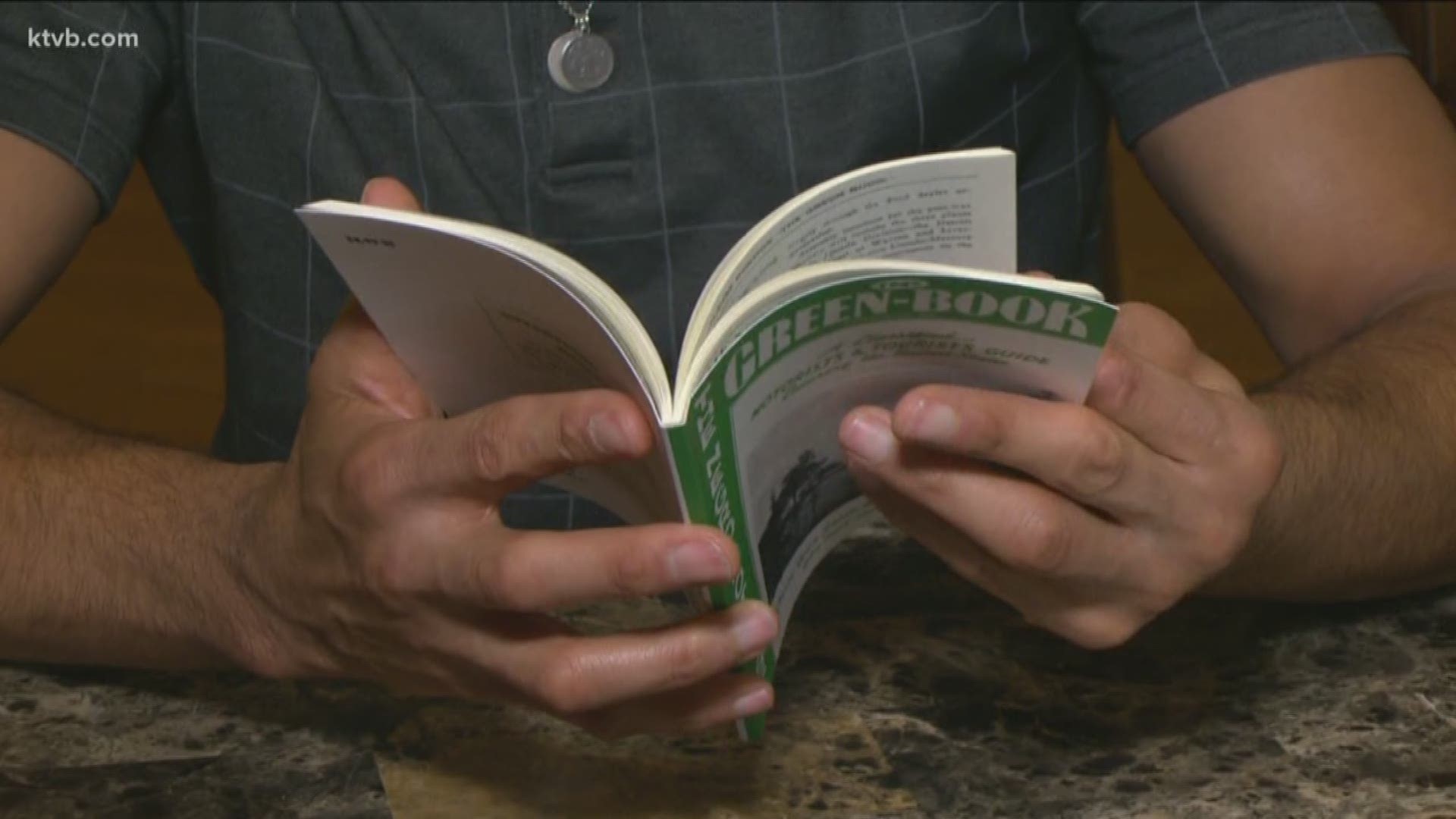BOISE, Idaho — "The Green Book" starring Mahershala Ali and Viggo Mortensen won the Best Picture Oscar Sunday night, but off the big screen, the Green Book served as a must-have traveling companion for black Americans during the Jim Crow era.
"It wasn't just an issue in the South. Once you left your neighborhood, you didn't know if you were going into a place that would be safe or hostile toward you being there," said Phillip Thompson, the executive director of the Idaho Black History Museum.
When the interstate highway system was created and Jim Crow laws enforced racial segregation beginning in the 1940s, many black Americans traveled with a Green Book.
"It was actually put together by a postal worker who came up with this idea of cataloging and collecting places that were safe for blacks to go and stay," Thompson said.
He says the Green Book was a necessary evil.
"You have to think this was right after Jim Crow laws were still in effect, blacks were still being lynched, you were not welcome in nine out of ten places," he said. "So, you going someplace wasn't as simple as whether or not they have the availability to feed you, clothe you, etc. It was whether or not you could go there safely."
The 1947 edition of the Green Book was donated to the museum and has two safe addresses listed in Idaho.
One is in Pocatello and another one in Boise called Mrs. Love's on River Street.
Thompson said, "I called my uncle Jimmy and he informed me that St. Paul Baptist Women's Mission, this was the address for headquarters for the Boise Green Book homes that would provide refuge for people traveling through."
The guides were used and distributed until 1964, when the Civil Rights Act was signed into law.
"It's a beautiful thing when you think about it, just the forward thinking and the innovation used to create it," Thompson said. "Any group of people that has been oppressed has to find a way to thrive unbeknownst to their oppressors."

